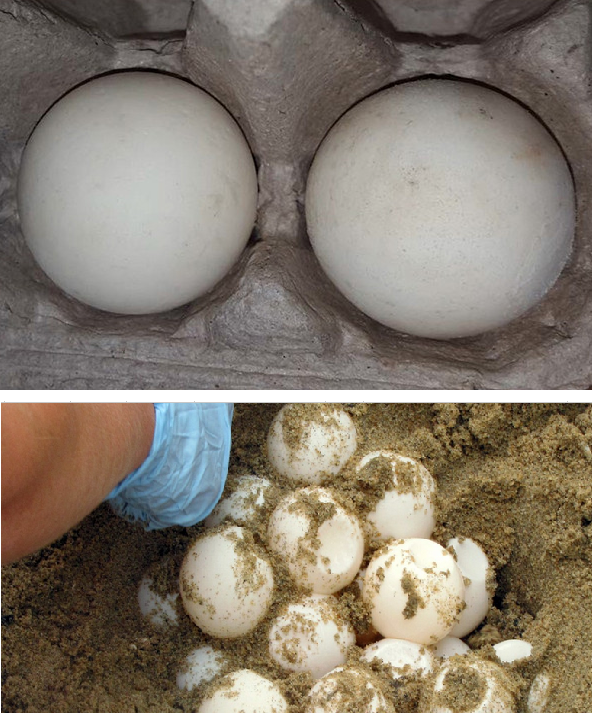Paso Pacifico has announced they will be 3D printing sea turtle eggs embedded with GPS trackers and deploying them this fall in Central America during an arribada, or mass nesting event.

The goal in doing this is two-fold: (1) to deter poachers from stealing eggs during this time, and (2) map out poaching schemes to determine who the major players are.
On average, 90% of sea turtle eggs are poached from beaches in this area of the world because they are considered a low-brow delicacy and aphrodisiac in numerous cultures. They are often served raw, dropped in beer, or are otherwise boiled.
To meet demand, poachers steal millions of steal turtle eggs each year and sell them off market for anywhere between $5 and $20 each. As recently as earlier this month, a Florida man was caught collecting 107 eggs from a loggerhead turtle while she was laying them (he faces five years in jail and a $5,000 fine).
Poaching eggs is considered a major threat to the endangered sea turtle species so, to deter them from continuing to do this, Paso Pacifico will be releasing silicon-based, ping pong ball-sized eggs alongside regular sea turtle eggs.
“We want to sneak them into nests that are most vulnerable to poaching,” explains Kim Williams-Guillén, director of conservation science at Paso Pacífico. “It would be really easy for them to grab one of those eggs and not even notice it.
We’re not planning on collecting data in real time, unless that’s something that they express real interest in,” she adds. “It’s certainly a possibility. Being able to determine the players with money who are really driving the trade and removing even a couple of them could have a huge effect.”
The Project’s founder, Sara Otterstrom, adds:
“Poaching pressure is extremely intense. There can be thousands of turtles on the beach at night. And if there isn't protection, we can be pretty certain that the beaches will be poached and without guards, about 90 percent of the nests are poached. The fake egg is a way to shift the focus away from the poachers – who make between 50 cents and $2 per dozen eggs in Nicaragua.”
The recent efforts of conservation groups in North and Central America have led to a revival of sea turtle population over the last ten years. In fact, record numbers of sea turtle nest were recorded in some parts of the south eastern United States.
Via DigitalJournal
Advertisement
Learn more about Electronic Products Magazine





